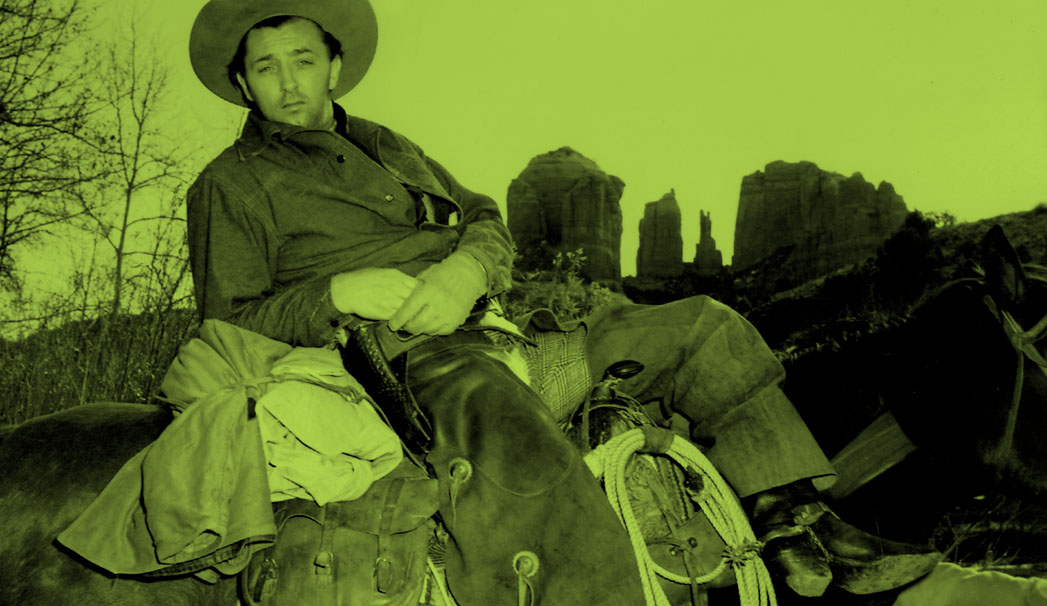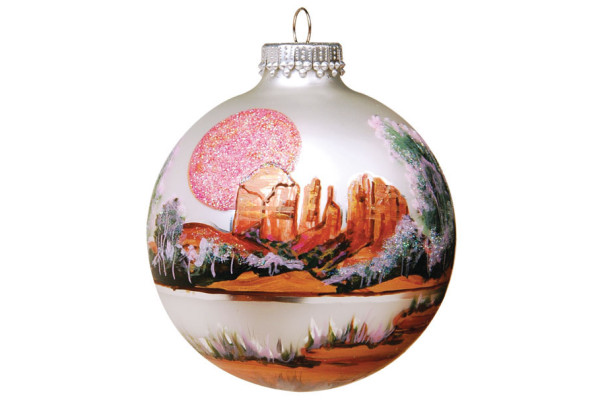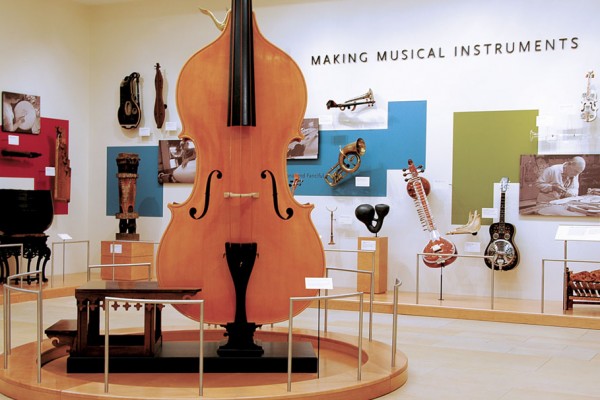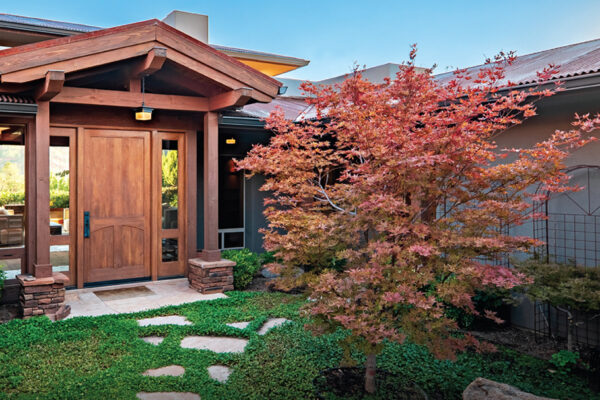When the first issue of Sedona Monthly was published in 2003, it included a story about the filming of 1950’s Broken Arrow in Red Rock Country. Joe McNeill, the article’s author and the magazine’s creative director, had no idea what he started with the brief story. As the magazine’s series of profiles on Westerns filmed in Sedona blossomed, so did Joe’s research. Three years after the series began, Joe decided Sedona’s film history deserved more than monthly magazine profiles, and the idea that would become Arizona’s Little Hollywood: Sedona and Northern Arizona’s Forgotten Film History 1923-1973 began to take shape.
Sedona played host to more than 60 productions from 1923 to 1973. Arizona’s Little Hollywood tells the story of each of these films in detail. The 692-page, hardcover, illustrated tome also reveals some never-before-heard facts about film history in Sedona and beyond. Readers will get a look at silent cowboy star Fred Thomson’s long-forgotten portrayal of frontiersman Kit Carson in the first Western ever filmed in Red Rock Country; learn the story behind Der Kaiser von Kalifornien, an anti-capitalist Nazi propaganda Western filmed on location in Sedona and the Grand Canyon in 1935; get the details on why Goulding’s Lodge in Monument Valley isn’t as important to the filming of Stagecoach as everyone thinks and the discovery that some scenes from the movie were filmed in Sedona; and hear the full story behind the making of the classic Johnny Guitar (temper tantrums and all).
Now, as a true-blooded California girl, Western film history never really piqued my interest before I moved to Sedona. I’ll readily admit I never fully understood Sedona’s impact on film history until I sat down and read Arizona’s Little Hollywood cover to cover; now, I’ll never look at Red Rock Country the same way. Though I’ve worked with Joe daily for almost five years, it was exciting to sit down and talk to him about his masterpiece on the eve of its publication. Why do so many Sedonans continue to promote falsehoods about Sedona’s film history? What’s fact and what’s fiction? Was Joe reluctant to bring a Nazi propaganda film shot in Sedona out into the open? Who was really Sedona’s movie man? Read on and find out. Pre-release copies of Arizona’s Little Hollywood are available this month exclusively at www.arizonaslittlehollywood.com. The book will go on sale at stores across the country and on Amazon.com in May. It’s a book everyone who lives in Sedona, loves Sedona or loves movies must read.
Erika Ayn Finch: Tell us about how the movie stories in Sedona Monthly began. When and why did you decide to turn the stories into a book?
Joe McNeill: The first time we came to Sedona, which was about 13 years ago during a trip to the Grand Canyon, we drove in on SR 179, and I immediately recognized the rocks but couldn’t place where I’d seen them before. When we got into town, I saw things about the films that had been made here. I’m a lifelong movie fan, so that got me curious, and I did a little follow-up research when we got home. As someone who grew up in an urban area on the East Coast, to be in a place where they made Western movies was kind of interesting. After we moved to Sedona and started Sedona Monthly, we needed editorial content. I had done Internet searches and looked in [film] books, but there really wasn’t anything about Sedona. Very few reference books even mention it. The Internet Movie Database has listings for it – much of them incorrect, as it turned out. So I thought it would be interesting to run stories about the movies in the magazine as an ongoing series. Right away, I discovered there was no trustworthy information anywhere to use in the articles. Putting together these articles turned out to be a lot more difficult job than I had imagined.
I worked in the magazine business in New York for 30 years, so as time went on I was able to expand my research sources to find lots of incredible new details that hadn’t been collected into one place before. So the magazine stories eventually became quite thorough. Our readers liked them a lot, too.
A few years later, we decided to stop the magazine profiles because the films that remained required so much research that it would have been impossible to maintain a monthly schedule. This was probably around 2006, about the same time that I discovered Der Kaiser von Kalifornien––The Emperor of California––was partially filmed here in 1935. That one completely dumbfounded me when I learned it was made here, and it took almost four years to piece together the story behind it. There were about 13 other films that we didn’t cover in the magazine [that are in the book].




